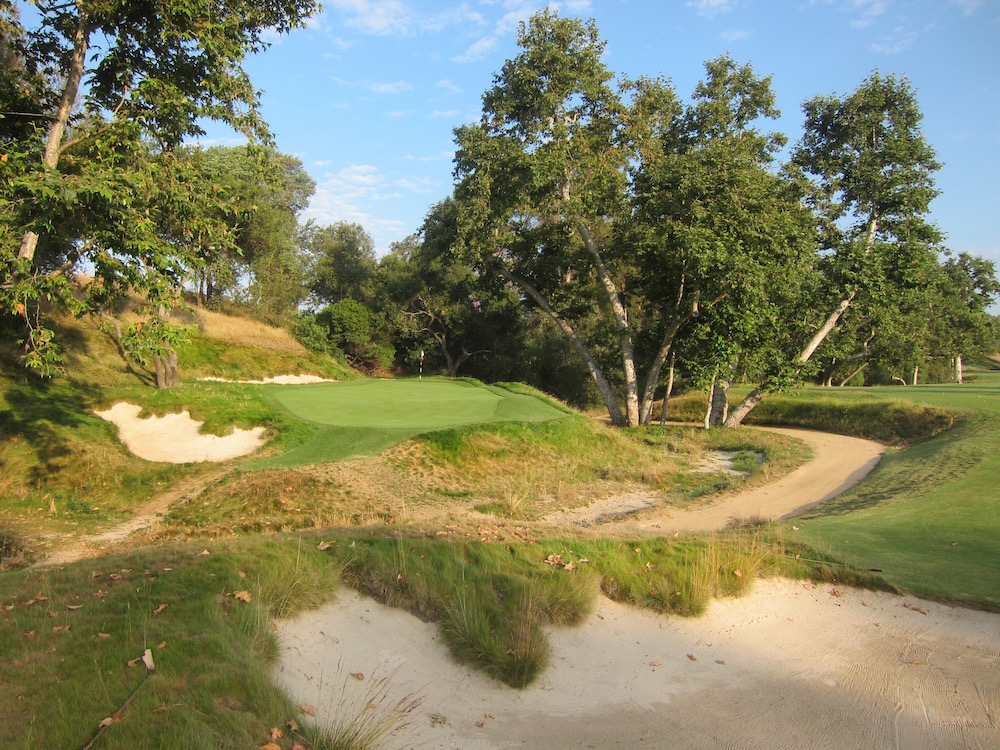Video: Eye On Design, Tillinger Shirts
/As the Presidents Cup arrives in the greater New York City region, it seems like a fine time to shift the Eye On Design focus from golf architecture to a Manhattan golf-focused clothing company in the making.
If you're an entrepreneur looking for a little inspiration, check out Jordan Sack's story in this nice feature by The Unconventionalist.
 I stumbled on Sack's Instagram page thanks to a recommendation by the social media platform, and soon learned the "Till" portion of the name was inspired by his appreciation for golf architecxt A.W. Tillinghast. Since then I've enjoyed his "stories" and images from New York City detailing the creation of the Tillinger shirt brand.
I stumbled on Sack's Instagram page thanks to a recommendation by the social media platform, and soon learned the "Till" portion of the name was inspired by his appreciation for golf architecxt A.W. Tillinghast. Since then I've enjoyed his "stories" and images from New York City detailing the creation of the Tillinger shirt brand.
Now in the third batch of golf shirts combining moisture-wicking fabric with excellent fit, these Made in the USA shirts sport enough flair to make the shirts wearable off the course, too. Sack's is the youngest of several companies devoted to making clothes designed for the golf swing and a lifestyle that includes wearing collared shirts (untucked) off the course.
You can check out Sack's website here, and specifically, the Gotham, Charlie2 and Maverick shirts from his latest batch. Tillinger shirts retail for $68 (shipping and golf tees included).
On the fit side, I'm 6/2 195 and have purchased a Large in the Maverick and Charlie and love them. My Eye On Design review:













